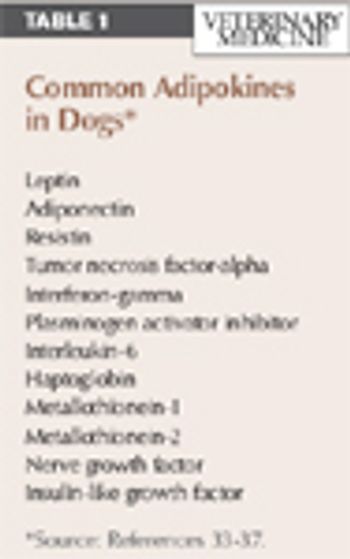
Excess weight is the most common medical condition in companion animals and has a number of health and wellness implications for both pets and their owners.
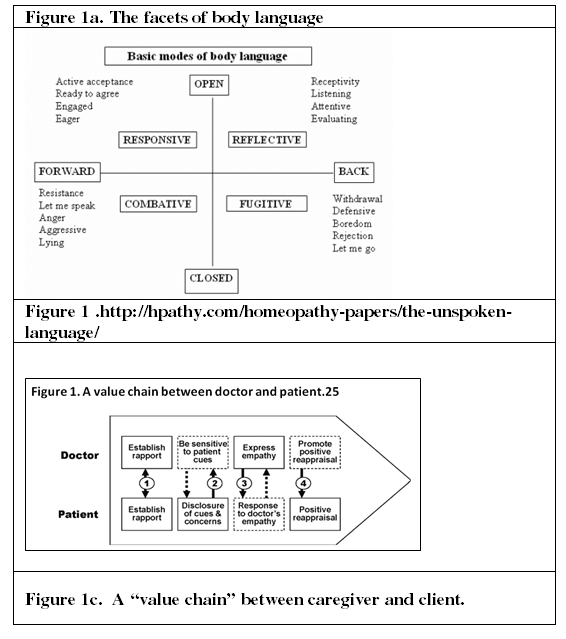

Excess weight is the most common medical condition in companion animals and has a number of health and wellness implications for both pets and their owners.

Pairing interventions that benefit both the pet's and owners' health may be a valuable role for veterinarians.
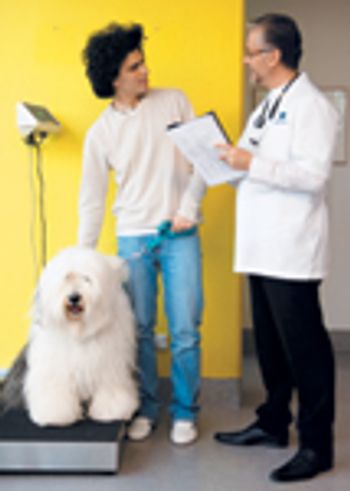
In this study, dog owners presenting to a veterinary referral center are invited to participate.

2011 Nestlé Purina Veterinary Symposium on companion animal medicine: Table of Contents (Sponsored by Nestlé Purina)

Part of the 2011 Nestlé Purina Veterinary Symposium publication

Part of the 2011 Nestlé Purina Veterinary Symposium publication

Part of the 2011 Nestlé Purina Veterinary Symposium publication

Part of the 2011 Nestlé Purina Veterinary Symposium publication

Dundas, Ontario -- The World Small Animal Veterinary Association (WSAVA) has crafted a set of global nutrition guidelines consistent with those released last year by the American Animal Hospital Association (AAHA).

Clients have a lot of pet food products to choose from-and a lot of marketing jargon to decipher. It's up to you to help them find the right food for their pets.

Correct answer for Image Quiz: Ophthalmology-A dog with acute, excessive lacrimation

Veterinary nutritionist Dr. Joseph Bartges discusses the AAHA Nutrional Assessment Guidelines for Dogs and Cats.
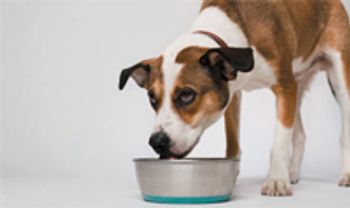
A look at the effects of CKD and how proper nutrition can help.

Caffeine and sugar may get you through your day at the veterinary practice, but they won't get you to your happy place. Exercise your mind by exercising your body and your rights to healthy food.
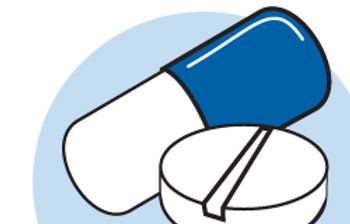
What dietary intervention might improve a diabetic cat's chances of resolution?
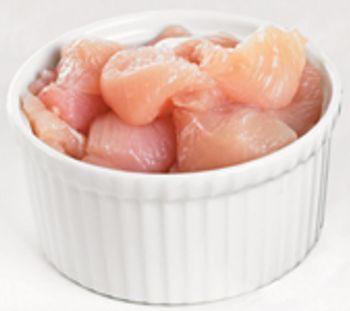
How one veterinary clinic handles patients that aren't eating.

Getting a little perspective on this developing problem.

Proceedings for "Current concepts in the understanding of joint disease," a symposium by Iams.

About 50% of dogs in the United States between the ages of 5 and 10 years are overweight or obese.

Joints are highly specialized organs allowing repetitive painfree and largely frictionless movements.

Osteoarthritis (OA) affects about 20% of canine patients. However, that estimate is probably low because there are many dogs with undiagnosed OA for which owners have not sought treatment.

Medical treatment of osteoarthritis is multifaceted and includes physical modalities, controlled exercise, weight reduction, slow-acting disease-modifying osteoarthritic agents, alteration of the environment, and anti-inflammatory medications.

Washington--Kroger Co. recalled select packages of pet food sold in some of its retail stores because the products may be tainted with aflatoxin.

How much should hospitalized patients be fed?

The primary goal of nutritional assessment is to identify which patient is at risk for malnutrition. As altered nutritional status is associated with adverse clinical outcomes, it becomes paramount to address the nutritional needs early in the critically ill patient.